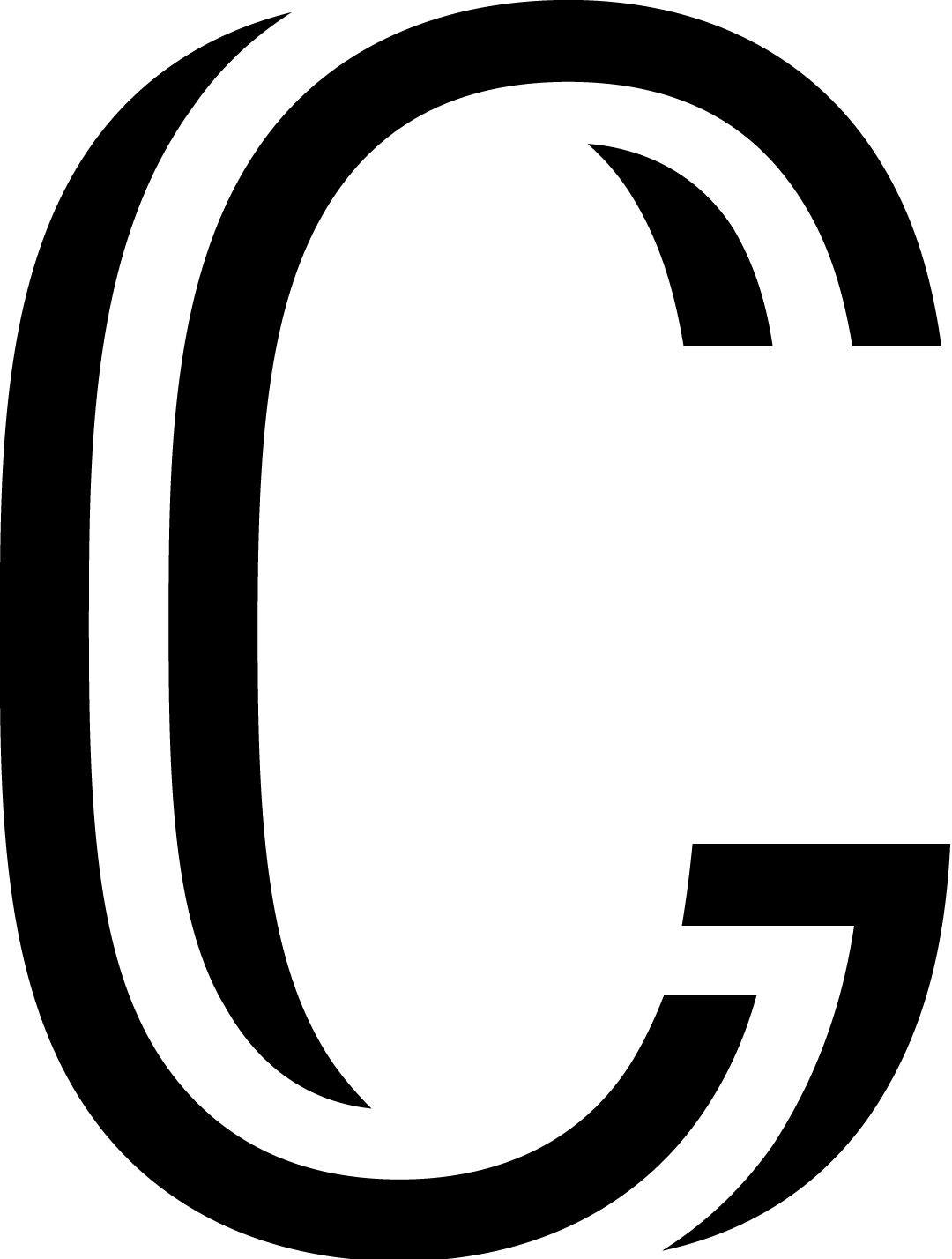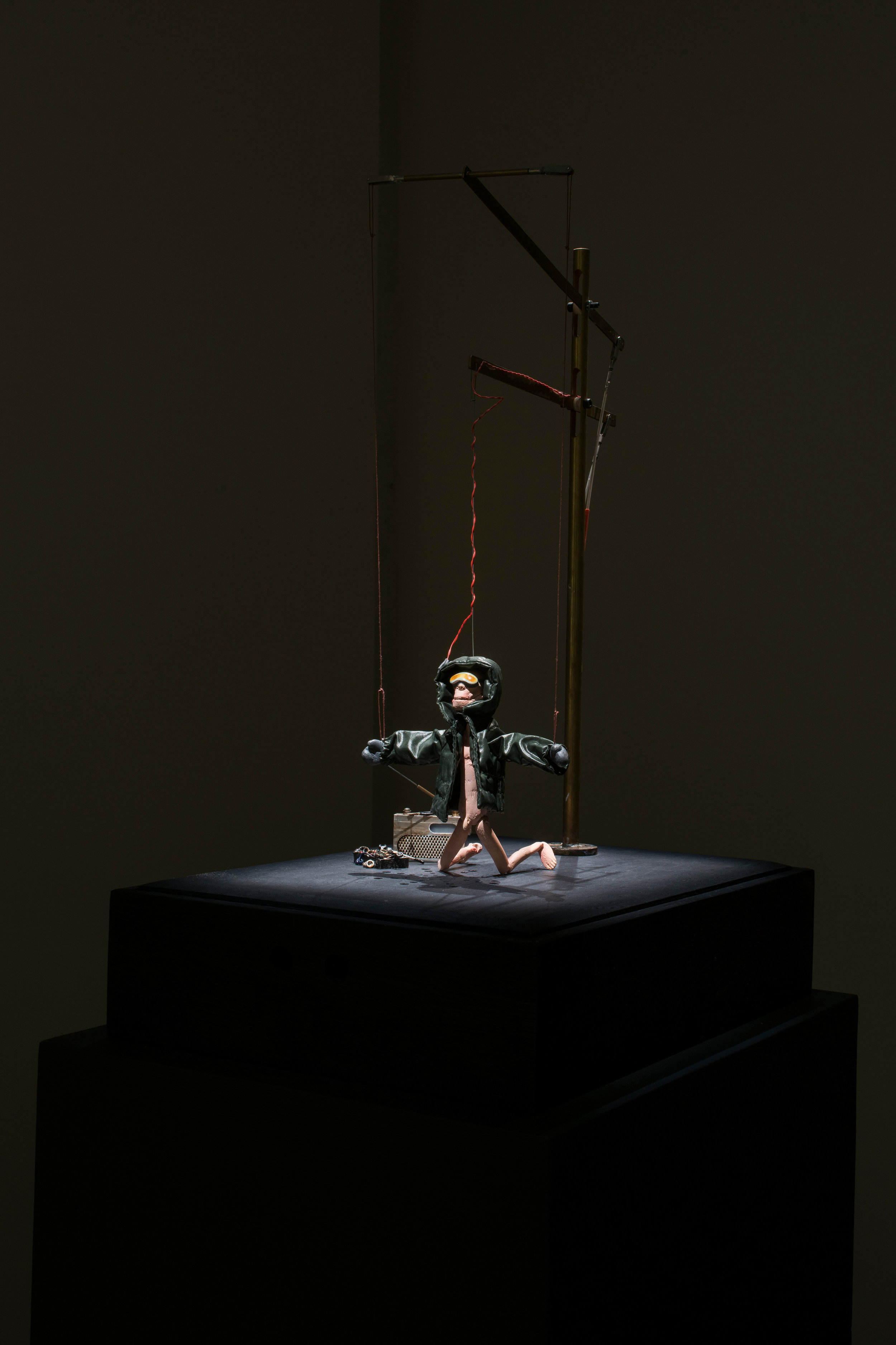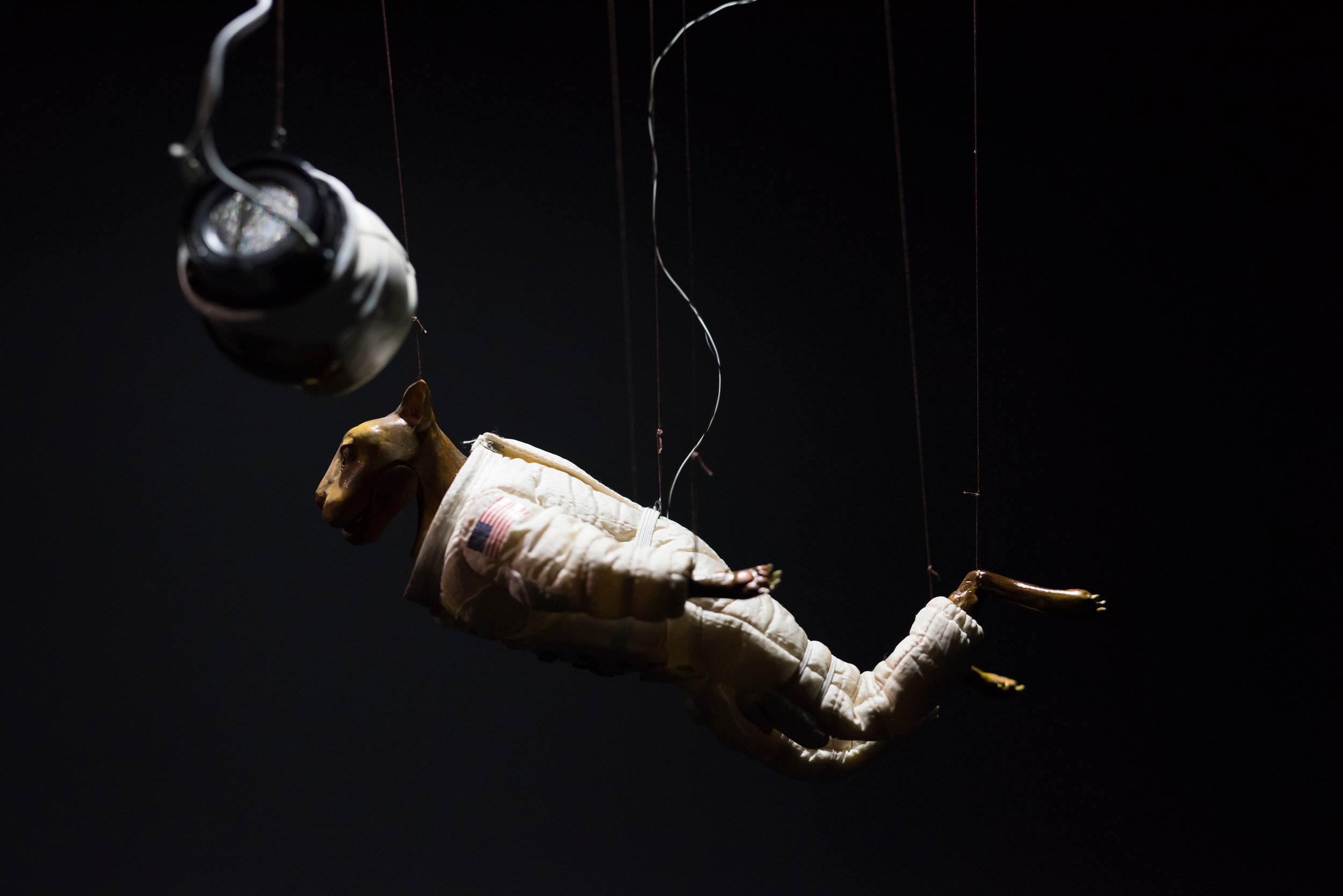....
Né en 1972 au Havre, Nicolas Darrot vit et travaille à Paris. Il entre à l’Ecole nationale des Beaux-Arts fr Paris après avoir suivi une première formation à l’Ecole d’architecture de Grenoble. Il obtient son diplôme en 1988, année où Darrot travaille quelque temps dans le monde cinématographique au sein d’une équipe d’effets spéciaux. Dans ce milieu, il apprend à transformer un corps, un objet en animatronique, ou, dit autrement, à l’animer à distance et le robotiser.
Sa pratique multiple prend aussi bien la forme de sculptures que d’objets hybrides et automatisés et d’installations. Son œuvre est emplie de curiosité et de théâtre, avec un amour particulier pour les marionnettes. Avec un langage fabuleux, il nous emmène dans un nouvel univers, attire notre regard dans une fable utopique où se jouerait une danse mécanique.
Il s’impose sur la scène artistique contemporaine au début des années 2000. Nicolas Darrot devient en 2006 un des premiers artistes à investir le patio de La Maison rouge - Fondation Antoine de Galbert, à Paris en présentant son installation monumentale «Passage au noir».
Il s’ensuit de nombreuses expositions personnelles et collectives, aussi bien en France qu’à l’internationale, telles que: «Bêtes et hommes», Grande halle de la Villette (2007); «Félicien Marboeuf», Fondation Ricard, Paris (2009); «Bêtes off», La conciergerie, Paris (2012); «Histoires d’automates », Théâtre des Sablons, Neuilly sur Seine (2013); Être étonné, c’est un bonheur, Chapelle de la visitation, Thonons-les-Bains (2015); «Constructeurs d’absurde, d’utopies», Centre d’Art Contemporain, Meymac (2015); «Être et à voir», Collection C+J Mairet, Musée d’art moderne et contemporain de Strasbourg (2016); «Règne analogue», La maison rouge, Paris (2016); «Nuage parallèle», Fondation Claudine et Jean-Marc Salomon, Annecy-le-Vieux (2017); «Le Voyage à Nantes», Opéra, place Graslin et Temple du Goût, Nantes (2017); «A night of philosophy», Kiasma Museum of Contemporary Art, Helsinki (2017); «Loup y es-tu ? Bestiaire et métamorphoses», Château de Maisons,Maisons-Laffitte (2018); «Fête de l’Ours», Musée de la chasse et de la nature, Paris (2018); «The Kamigo Band – Songs for the seasons», Echigo Tsumari Triennale, Japon (2018); «Artistes et robots» au Grand Palais, Paris (2018); «Cabinets de curiosités» Fond Hélène et Edouard Leclerc pour la culture, Landernau (2019); «Hommage à Léonard de Vinci», Château du Rivau (2019); «De leur temps», Collection Lambert, Avignon (2020); «The Crystal House», Northern Alps Art Festival, Omachi, Japon (2021); «Ariel», Satoyama Museum of Contemporary Art Kinare, Tokamachi, Japon (2021).
En 2022, son travail est présenté à plusieurs occasions: à la Setouchi triennale de Megijima au Japon, au Musée du Louvre dans l’exposition collective intitulée «Les Choses» ainsi qu’au Centre Pompidou à Metz dans «Les portes du possible».
..
Born in Le Havre in 1972, Nicolas Darrot lives and works in Paris. After initial training at the Ecole d’Architecture de Grenoble, he enrolled in the Ecole Nationale Supérieure des Beaux-Arts in Paris. In 1998, after graduating, Nicolas Darrot worked for a while in the film world as part of a special effects team. There he learned the art of transforming a body, an object into an animatronic creature, which is to say how to create and remote-control such a creature so that it moves in a life-like manner, to “robotize”.
Nicolas Darrot’s multifaceted work in sculpture, installations, hybrid and automated objects is imbued with the world of the cabinet of curiosities, as well as the world of the theatre, and in particular that of puppets. Inventor of genius, the artist whisks the viewer off into a world on the edge of dreams, where the poetics of art is at the heart of a process feeling its way into the depths of the imagination. A celestial builder, Nicolas Darrot leads us into a mechanical ballet, which generates a complex beauty.
In a fabulist universe similar to La Fontaine’s, a childlike imagination marking his work, the animatronics of Nicolas Darrot engage us in a questioning of human society. The strength of the artist resides in his ability to raise human issues through very technical experiments. Actors in a human theater, his machines plunge the spectator into another space that normally eludes us, between poetry and heteroclism: a world like that of Jerome Bosch, whimsical and futuristic.
Midway between the work of art and the experimental didactic scientific object, the artist’s machines inspired by the human and animal worlds also allow us to start thinking about our relationship with the world of technical innovation.[1]
Establishing himself on the contemporary art scene in the early 2000s, Nicolas Darrot was one of the first artists in 2006 to inaugurate the patio of La Maison Rouge – Antoine de Galbert Foundation in Paris by presenting his monumental installation “Passage au noir” (Passage to Black). This was followed by numerous solo and group exhibitions, both in France and internationally, including “Bêtes et Hommes” (Beasts and Humans), Grande Halle de la Villette, Paris (2007) ; “Félicien Marboeuf” , Fondation Ricard, Paris (2009) ; “Bêtes off” (Beasts Off), La Conciergerie, Paris (2012) ; “Histoires d’automates” (Automaton Stories), Théâtre des Sablons, Neuilly sur Seine (2013) ; “Être étonné, c’est un bonheur” (To Be Surprised is Happiness), Chapelle de la Visitation, Thonons-les-Bains (2015) ; “Constructeurs d’absurde, bricoleurs d’utopies” (Builders of the Absurd, DIYers of Utopia), Centre d’Art Contemporain, Meymac (2015) ; “Être et à voir” (To Be and To Be Seen), Collection C+J Mairet, Musée d’art Moderne et Contemporain de Strasbourg (2016) ; “Règne analogue” (Analogous Reign), La Maison Rouge, Paris (2016) ; “Nuage parallèle” (Parallel Cloud), Fondation Claudine et Jean-Marc Salomon, Annecy-le-Vieux (2017) ; “Le voyage à Nantes” (Journey to Nantes), Opéra, place Graslin et Temple du Goût, Nantes (2017) ; “A Night of Philosophy”, Kiasma Museum of Contemporary Art, Helsinki (2017) ; “Loup y es-tu ? Bestiaire et métamorphoses” (Cry Wolf, Bestiary and Metamorphosis, Château de Maisons, Maisons-Laffitte (2018) ; “Fête de l’Ours” (Bear Festival), Musée de la Chasse et de la Nature, Paris (2018) ; “The Kamigo Band – Songs for the seasons”, Echigo Tsumari Art Triennale, Japan (2018) ; “Artistes et robots” (Artists and Robots), Grand Palais, Paris (2018); «Cabinets de curiosités» Fond Hélène et Edouard Leclerc pour la culture, Landernau (2019); «Hommage à Léonard de Vinci», Château du Rivau (2019); «De leur temps», Collection Lambert, Avignon (2020); «The Crystal House», Northern Alps Art Festival, Omachi, Japon (2021); «Ariel», Satoyama Museum of Contemporary Art Kinare, Tokamachi, Japon (2021).
In 2022, his work was presented on several occasions: at the Setouchi triennial in Megijima, Japan, at the Musée du Louvre in the group exhibition entitled "Les Choses" and at the Centre Pompidou in Metz in "Les portes du possible".
....






















